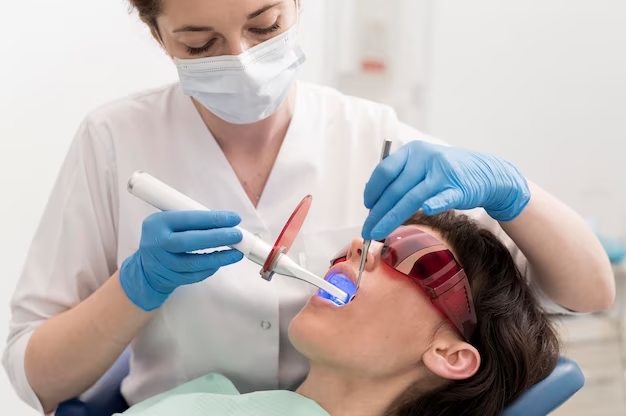Root canal therapies, often associated with fear and discomfort, has undergone significant advancements in painless techniques. In this article, we’ll debunk common myths surrounding root canal procedures and explore how modern dentistry is dedicated to making this essential treatment virtually pain-free.
Understanding the Myths
1. Myth: Root Canals Are Inherently Painful
Reality: Advanced Anesthesia for Comfort
Contrary to popular belief, modern root canal therapies utilize advanced anesthesia techniques. Dentists now employ numbing gels and precise injection methods, ensuring patients feel minimal to no discomfort during the procedure.
2. Myth: Root Canal Therapy Causes Long-lasting Pain
Reality: Post-Procedure Comfort Management
Explore how post-procedure discomfort is manageable with pain medications and techniques. Discuss the importance of patient education on managing expectations, and dispelling the misconception of prolonged pain after root canal therapy.
3. Myth: Root Canal Procedures Take Too Long
Reality: Efficient Techniques for Time Management
Highlight the efficiency of modern root canal procedures. Discuss how advancements in technology, such as rotary instruments and electronic apex locators, contribute to quicker and more precise treatments, debunking the myth of prolonged dental appointments.
4. Myth: Multiple Appointments Are Inevitable
Reality: Single-Visit Root Canal Procedures
Address the misconception of multiple appointments for root canal therapy in Berwyn, IL. Introduce the concept of single-visit root canals, showcasing how streamlined techniques and technology have made it possible for patients to complete the procedure in one sitting.
Advancements in Painless Techniques
1. Utilizing Laser Technology for Precision
Exploring Laser-Assisted Root Canal Therapy
Discuss the benefits of laser technology in root canal procedures. Highlight how lasers offer precise tissue removal, minimizing discomfort and enhancing the overall efficiency of the treatment.
Understanding Patient Comfort with Laser Technology
Explore how laser-assisted root canals contribute to a painless experience by reducing the need for traditional instruments. Emphasize the role of laser technology in ensuring patient comfort throughout the procedure.
2. Nitrous Oxide: A Safe Sedation Option
The Role of Nitrous Oxide in Relaxation
Introduce nitrous oxide as a safe sedation option for anxious patients. Discuss its effectiveness in providing relaxation and reducing anxiety, making the root canal experience more comfortable and stress-free.
Addressing Common Concerns about Sedation
Acknowledge and address common concerns related to sedation, emphasizing the safety and controlled administration of nitrous oxide in dental settings.
In conclusion, the evolution of root canal therapy has paved the way for painless techniques, debunking prevalent myths and alleviating fears associated with the procedure. Embracing advancements in anesthesia, technology, and sedation options, modern root canal treatments are now not only efficient but also strive to ensure a comfortable and anxiety-free experience for every patient. Say goodbye to myths and fears; welcome the era of painless root canal therapies.






